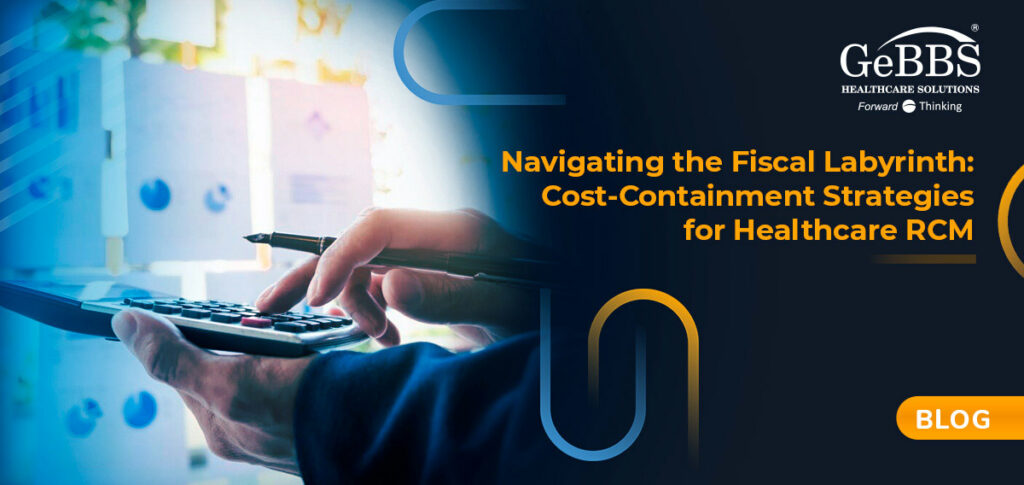The effects of weak revenue cycle management can go well beyond just financial challenges. Revenue problems can also lead to patient dissatisfaction challenges, and this can lead to reimbursement problems. Why do so many hospitals experience problems with their revenue cycle? A good explanation is that busy healthcare providers are challenged to keep abreast with the rapidly changing and complex payer requirements for pre-authorizations, medical necessity checking, new coding mandates, accurate charge capture, reporting requirements and a plethora of other financial challenges. This is compounded by the rise in self-pay patients and the inefficient data that supports the collection of these accounts. In general, many providers just don’t have the time to efficiently and effectively monitor their revenue cycle across the enterprise.
The key differentiator of the best-performing revenue cycle managers from those who deliver weaker results is the ability to think “outside the box” and seek new ways to improve their cycle management processes. They have the ability to envision how their revenue cycle can operate more successfully and adopt strategies that will help them achieve peak performance.
Top performing managers find creative ways to improve their performance. They continually evaluate new techniques by measuring the net return of new cycle performance strategies/techniques. By following this forward-thinking approach, they are able to deliver financial results that other revenue cycle managers cannot.
These forward-thinking managers identify performance improvement opportunities such as:
- Assessing and mapping the current state of their revenue cycle
- Identifying key challenges and the causes for revenue leakages
- Brainstorming strategic and tactical solutions
- Exploring new best practices, including outsourcing portions of their cycle management where they need help
- Redesigning cycle processes
After these managers identify opportunities for improvement, they begin to execute strategies to improve revenue cycle performance by leveraging what they have learned and by adopting new techniques/strategies for handling: eligibility and benefits verification, medical necessity checking, registration processes, charge capture, coding, payment posting, A/R follow-up and effective point of service (POS) and self-pay collections.
Implementing these new strategies provides an overall increase in the revenue stream with:
• Reduced downstream problems, including delayed payments, reworks and fewer errors
• Improved flow of information throughout the revenue cycle
• Increased visibility and charge data accuracy
• Decreased denials
• Decreased manual effort to bill and collect POS
• Improved coding accuracy
• Enhanced patient satisfaction
The costs of faulty revenue cycle management are far-reaching. The successful application of leading-edge revenue cycle strategies requires new thinking across the entire cycle. To sustain your revenue cycle quality and performance, you will need to secure buy-in from all the departments involved. Money isn’t the only reason to consider evaluating your revenue cycle’s performance. Patient satisfaction usually goes hand in hand with how you handle your financial operations. More often than not, if you are experiencing a revenue cycle performance problem, you also have a patient satisfaction problem.






